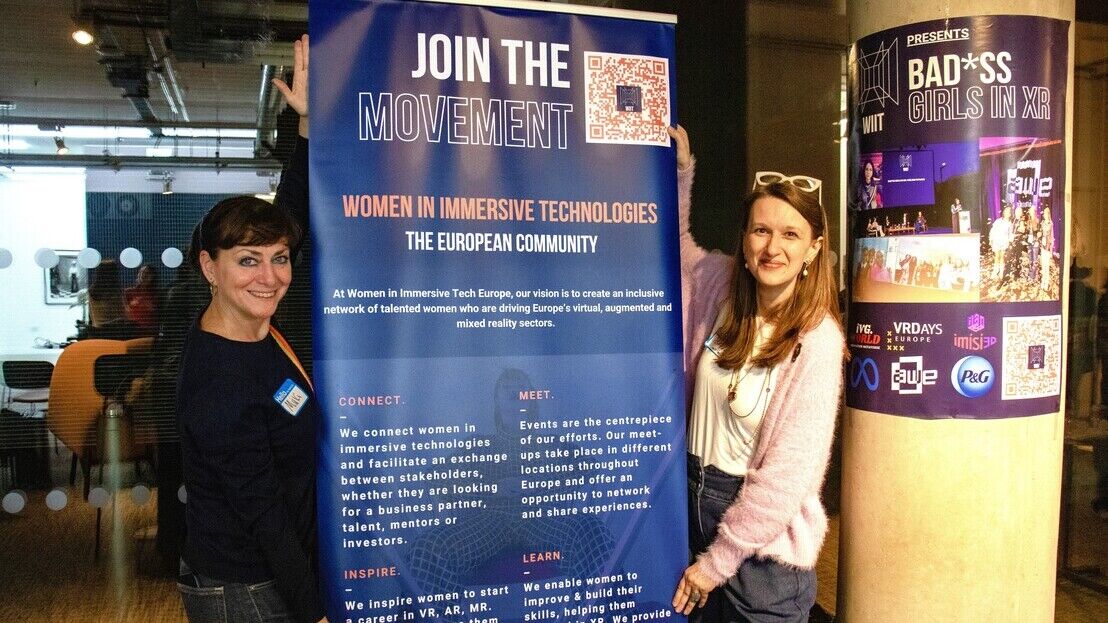The Evolution of the Control Room Accelerator 2024 project has been jointly proposed by Champions TRANSMIXR, ITN, BBC and TV2 Denmark with support from Champions HSLU, TCD, TG4, TUS and the University of Strathclyde. The project combines two original Accelerator challenge proposals into a wide-ranging project that seeks to break technical boundaries and pose wider industry questions around live production workflows, architectures and controls.
The original projects were the Evolution of the Control Room - Leveraging XR, Voice & AI for Live Media Production, and an HTML Based Graphics project. Grace Dinan, TUS Senior VP Broadcast Specialist with TRANSMIXR (EU Horizon-funded research consortium) is leading the headline strand of the project - Evolution of the Control Room, leveraging XR, Voice and AI – together with Jon Roberts, Director of Technology, Production & Innovation at ITN. This strand of the project aims to optimise workflows using extended reality (XR) technology and AI solutions, enabling production teams to realise their creative vision without advanced technical expertise...
You are not signed in
Only registered users can read the rest of this article.

Poacher turned gamekeeper: Netflix rules, for now
Netflix raids Hollywood to land a giant of old media, but having offered billions over the odds for ageing IP, would a smarter play have involved the creator economy?

Truth in the age of deepfakes: Building trust in the human-machine era
As deepfakes become prevalent throughout the media industry, experts at the BBC, Guardian, and ITN wrestle with the implications of today’s unprecedented levels of disinformation and distrust.

Rory Peck Awards: Truth has never needed its defenders more
This year’s Rory Peck Awards was an affirmation that press freedom is in severe danger, that it has become a vicious fight to sustain that facts matter. George Jarrett reports.

Camerimage: “The time to be afraid of AI was two years ago”
The festival of cinematography remains political with the rise of AI and gender equality bubbling beneath the surface.
.jpg)
Content Everywhere: Disruptive forces in 2025, from AI to ROI and SGAI
Looking back over 2025 to date, it’s clear that AI continues to widen its role in the Content Everywhere ecosystem, and many companies are becoming more discerning about how and where the technology should be applied to streaming and video technology. Clearly, there is still much more to come, and much more to learn, but what have recent developments taught the industry to date?





